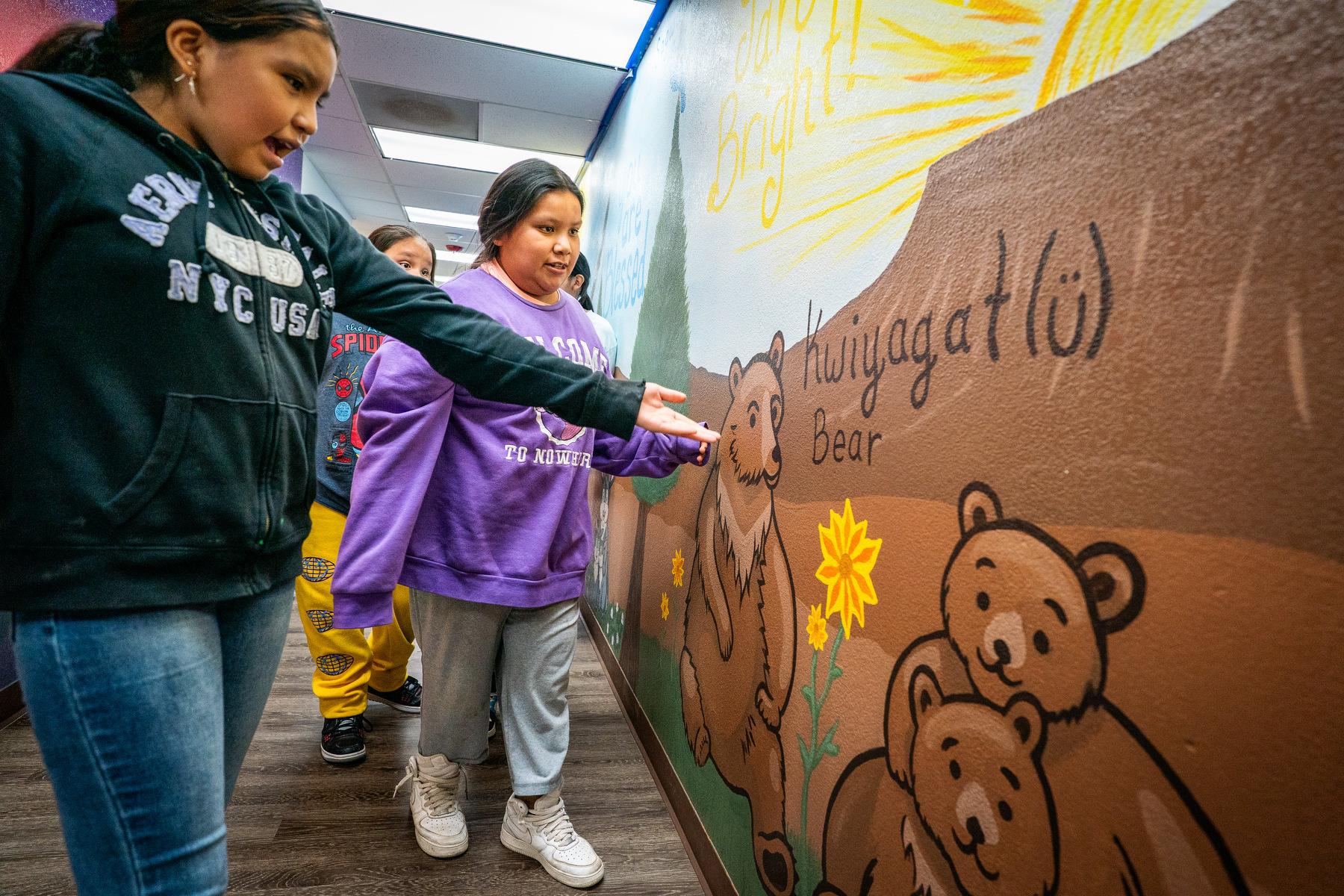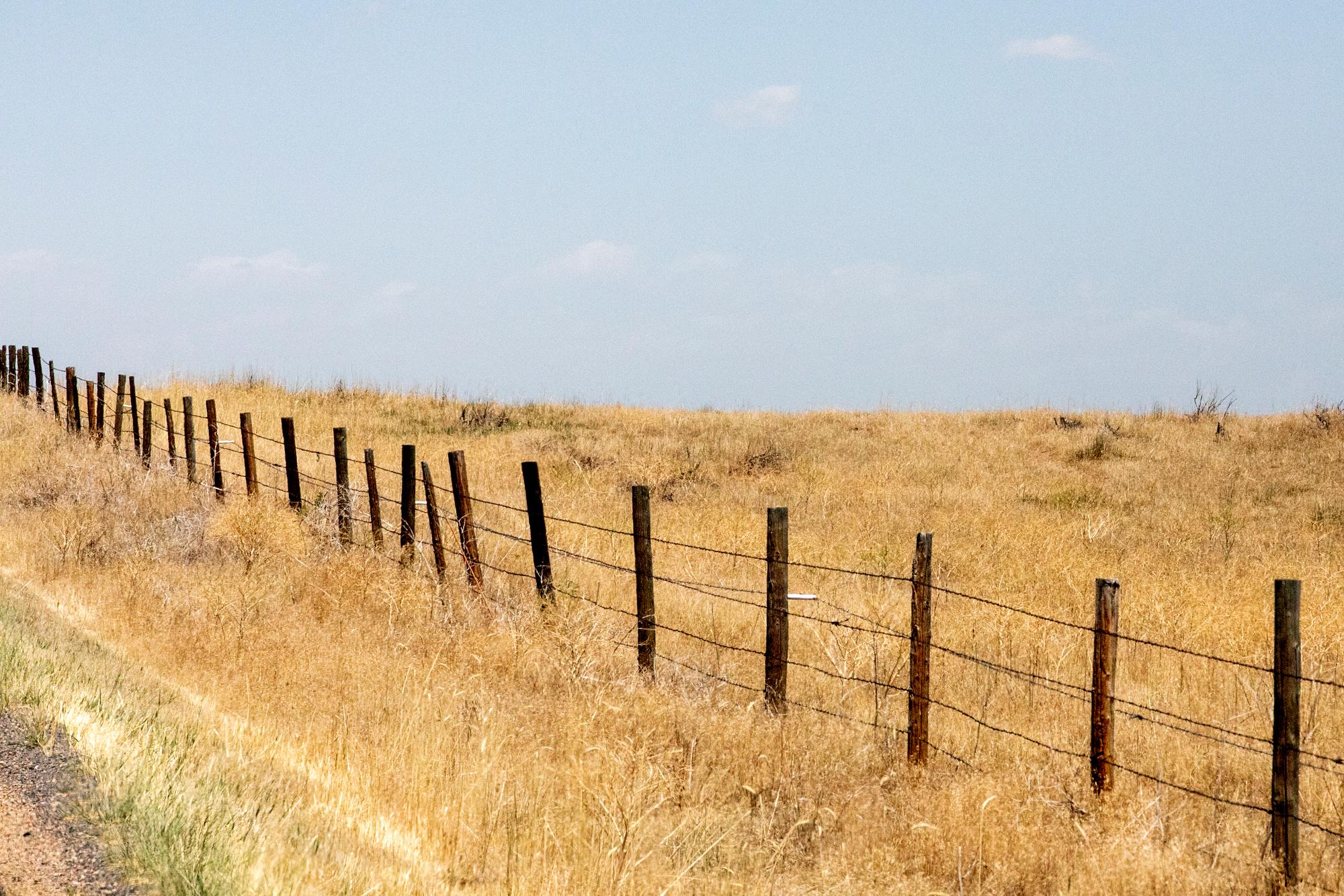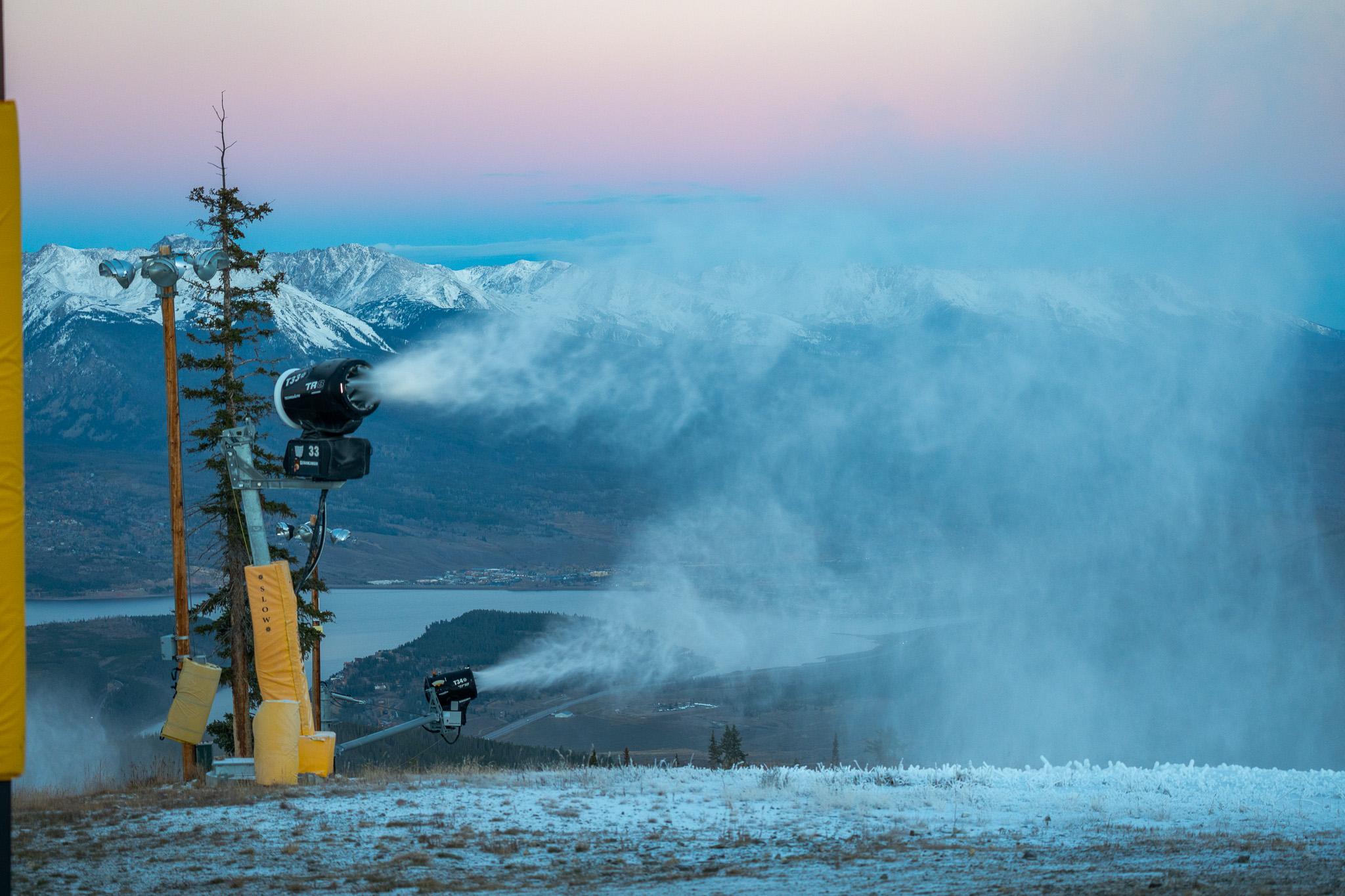
On early October mornings — sometimes even in the middle of the night — crews across Colorado’s ski resorts don their gear and climb the slopes with one mission: to make snow.
“Our snowmakers are people who are passionate about the ski and snowboard community,” said Keystone Resort communication manager Sarah McClear. “These are people who chase snow year-round. They’ll go to South America, and they’ll hike fourteeners to ski every month of the year. So, being able to create that snow and start the excitement and the hype of the ski season here is exciting because they’re ready to get back out there.”
The first round of snowmaking took place at Arapahoe Basin, Keystone Resort, and Loveland Ski Area this week, from Sunday night into Monday morning. Snowmakers used digital monitors to measure wet-bulb temperature, a reading that combines the actual air temperature with humidity levels.
“It’s more complex than people realize,” said A-Basin communications manager Shayna Silverman. “We’re looking for a very specific air temperature to make sure we’re getting the most out of our water.”
The needed wet-bulb temperature for snowmaking is about 27.5 degrees Fahrenheit, a point that can occur even when the air temperature is above freezing, as long as humidity is high enough.
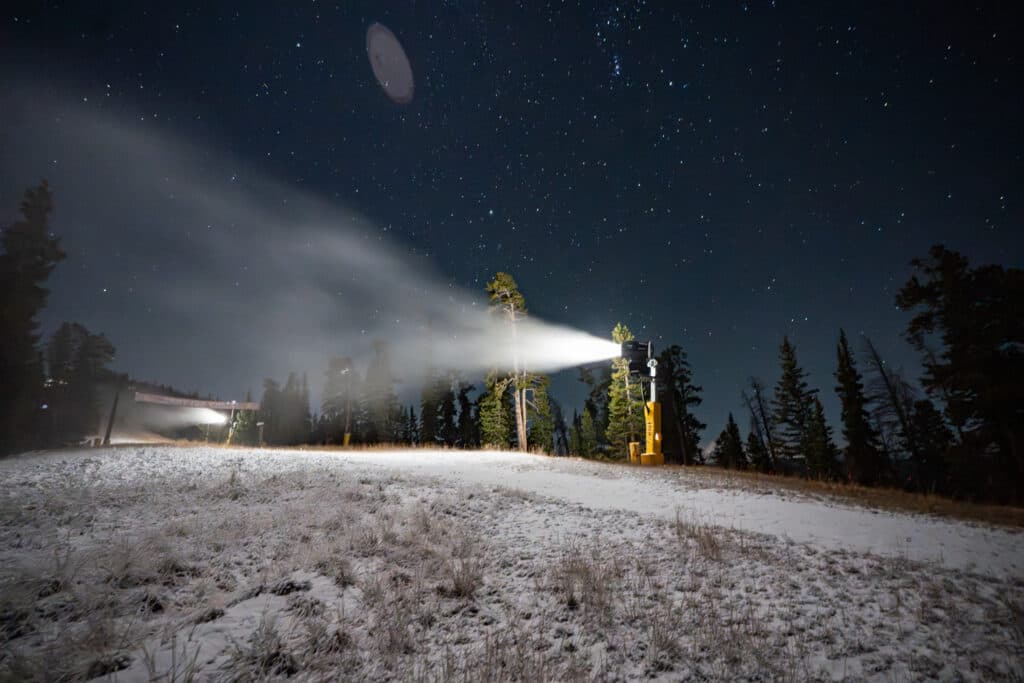
“27.5 F is what we can make snow in, but we're ideally looking for even colder. The teens are really where we can crank that snow and make it happen,” McClear said.
Most Colorado resorts use snow guns that compress air to shoot water into the sky, which then freezes and falls as snow.
It takes about 106 gallons of water to create 11 square feet of snow. A typical ski resort can use millions of gallons each year if natural snow is scarce — though most of that water eventually returns to the watershed as the man-made snow melts.
The snowmaking crews typically work in 12-hour shifts starting at either 7 a.m. or 7 p.m.
“Our snowmaking teams will do some time up in the control room monitoring everything from afar, and then some time driving around on the mountain, physically checking things out and seeing where our snow piles are and where they’re most needed,” said McClear.
At Keystone, technology implemented in 2019 allows energy-saving guns to be turned on remotely. But there’s still a need for crews to physically get out on the mountain once the temperature outside hits the sweet spot.
Resorts start making snow on their most used runs first. As the season goes on, those guns get moved all across the mountain to ensure runs stay in good shape regardless of Mother Nature’s plans. McClear said those operations typically continue up until the new year, when snowfall picks up in the region.
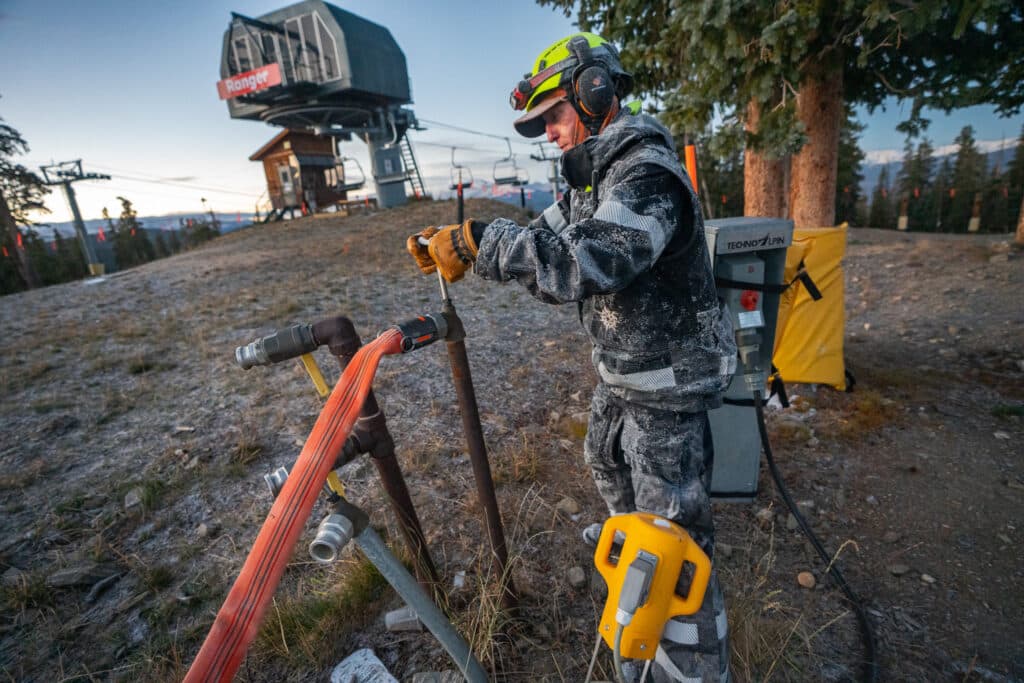
Resorts in Colorado are confident that they’ll meet their mark for a late October to early November opening, especially with more ideal snowmaking conditions on the way this week and more possible storms in the forecast for the high country.
“It's people who just truly, truly love this industry. It’s amazing for people who love working with their hands, love being outside, and are willing to brave the elements to do it. So, it's really cool to see that passion come to life,” McClear said.



